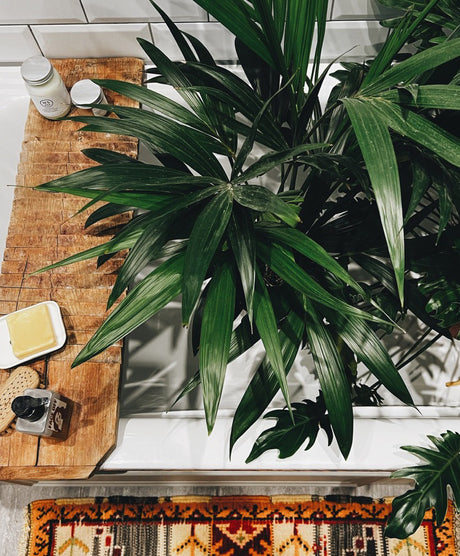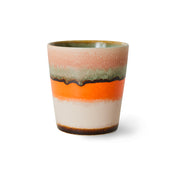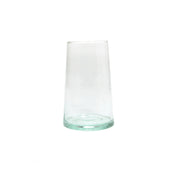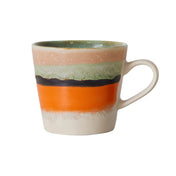
Plant Notes | How to keep your plants alive when you go on holiday
By Jacqui Martin
If you’ve invested a lot of time and money into your plant family sometimes the idea of going away and leaving them to fend for themselves is too much to...
Read more




